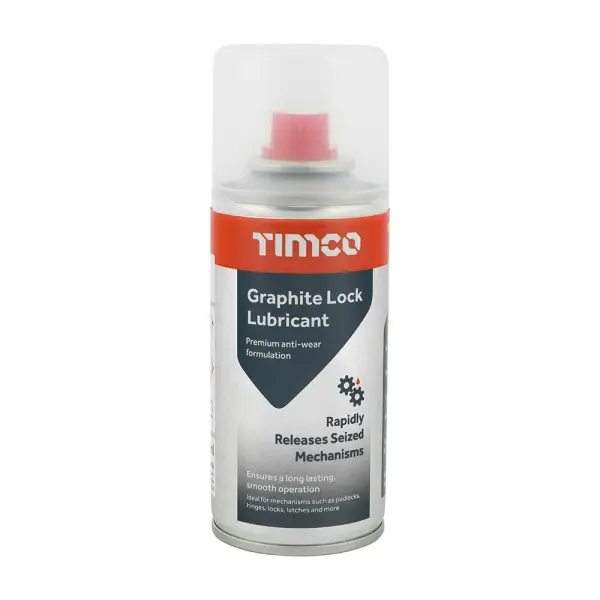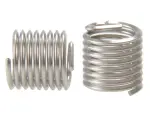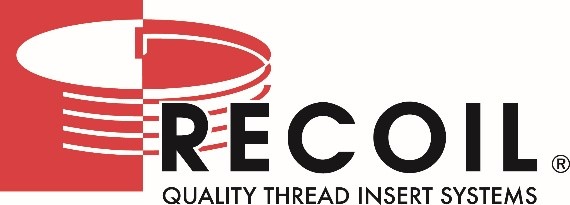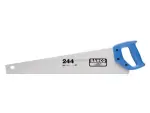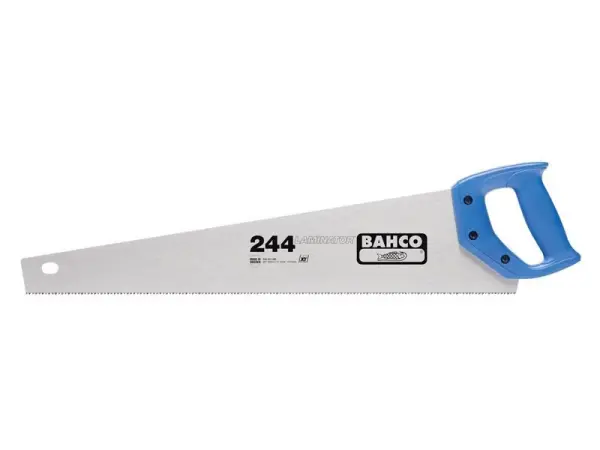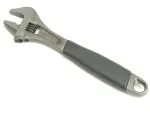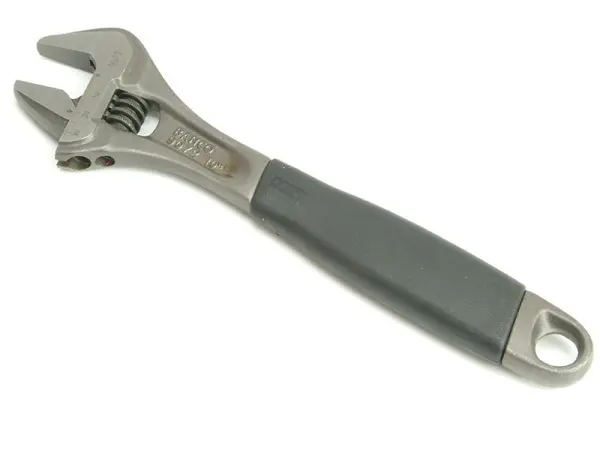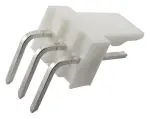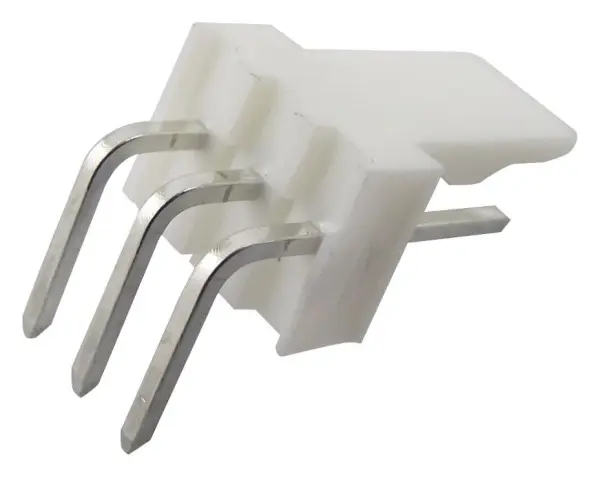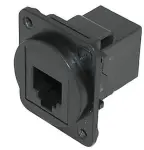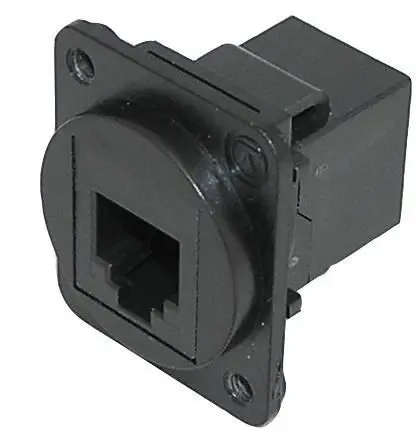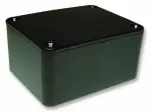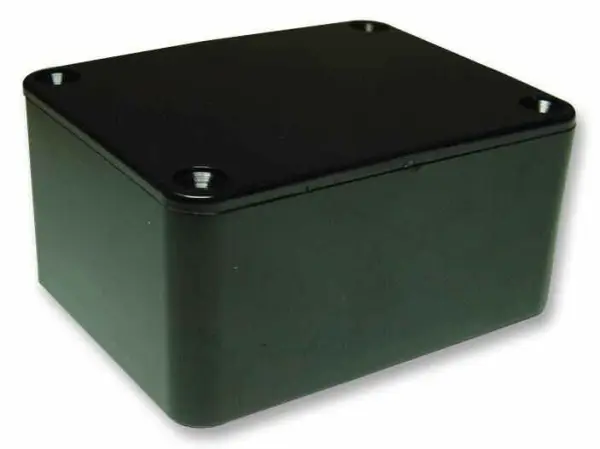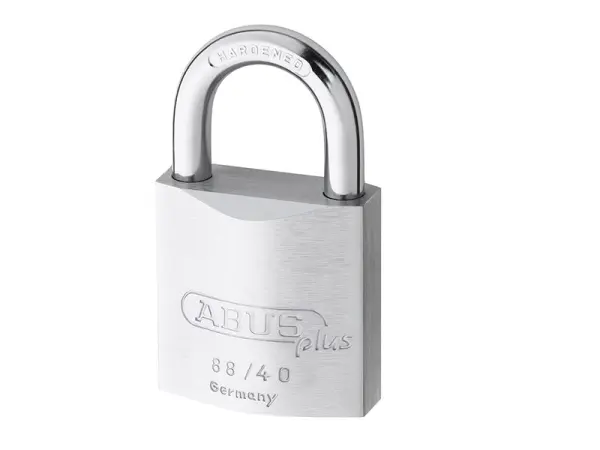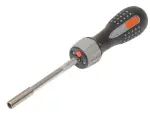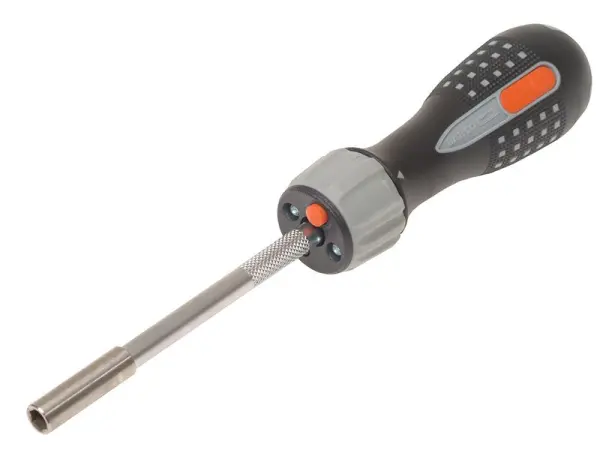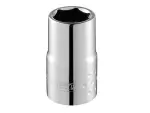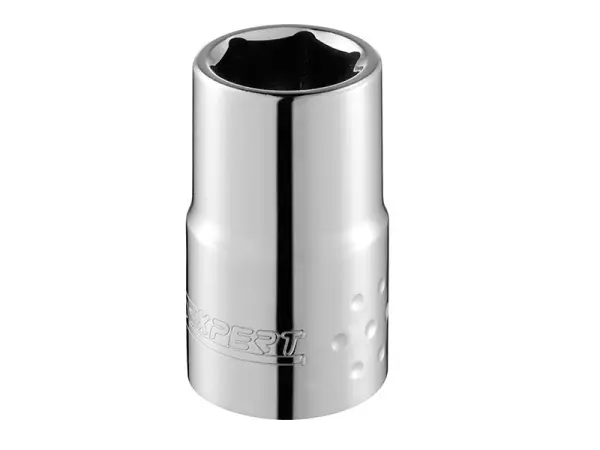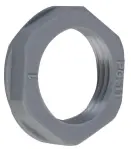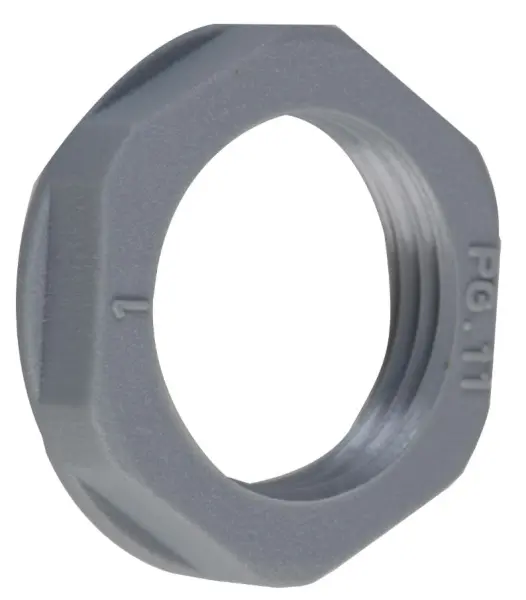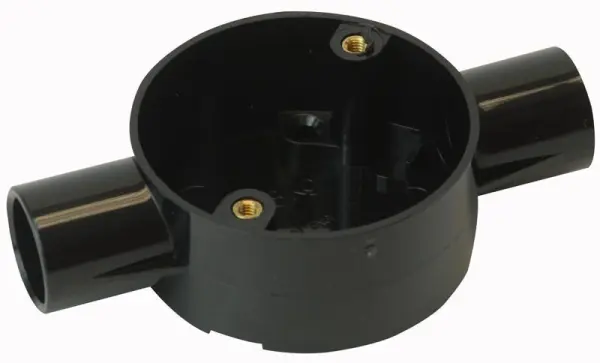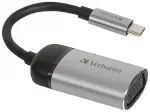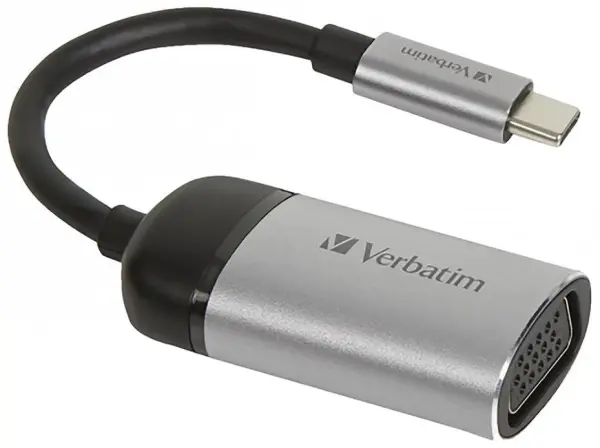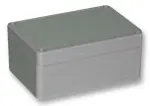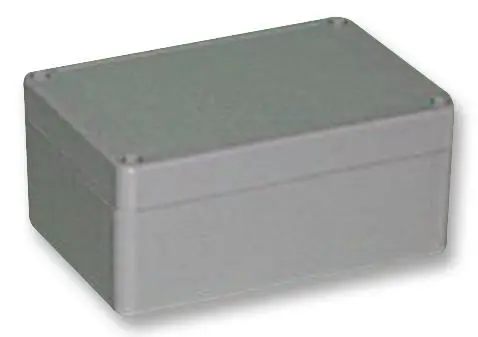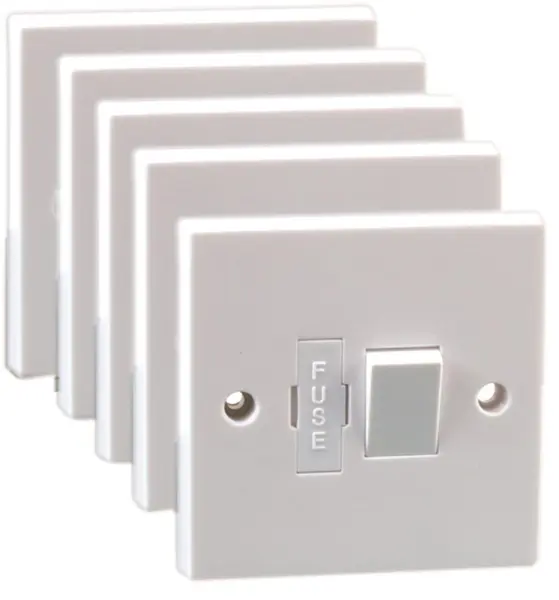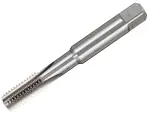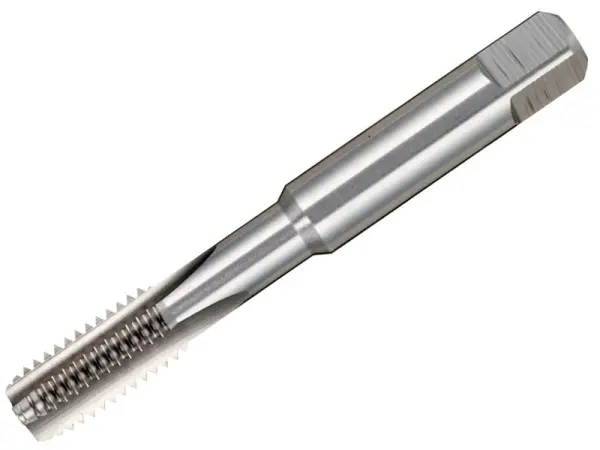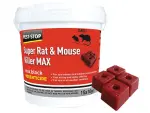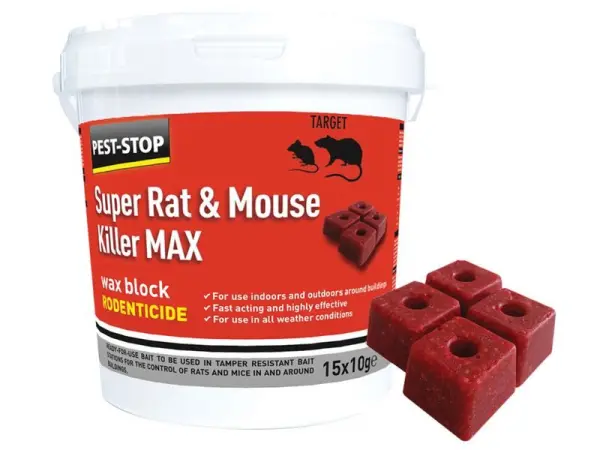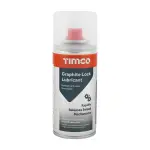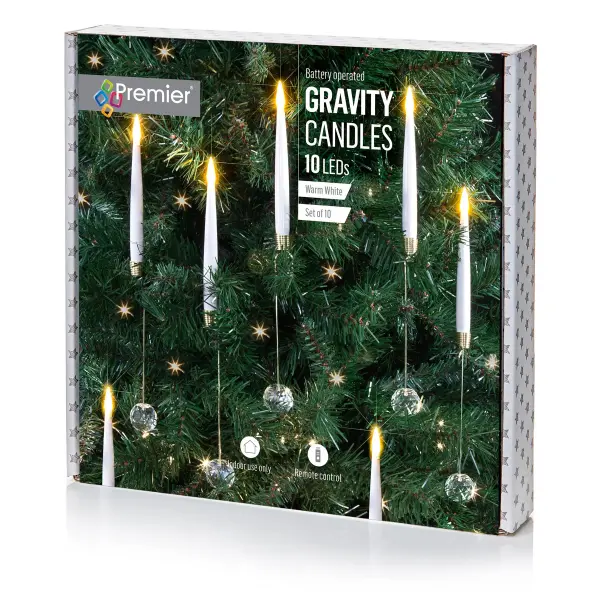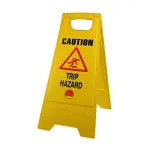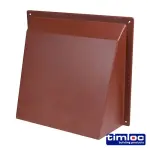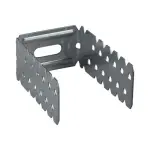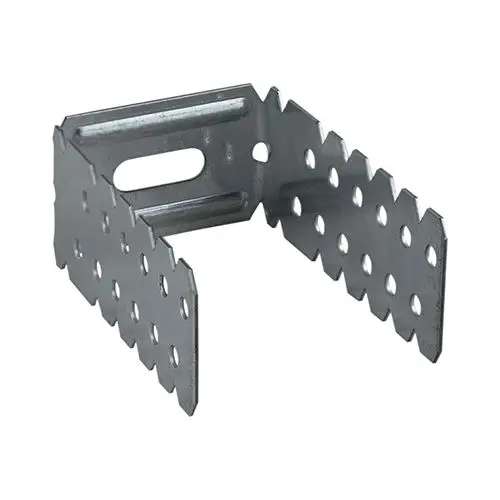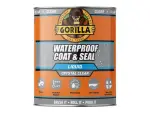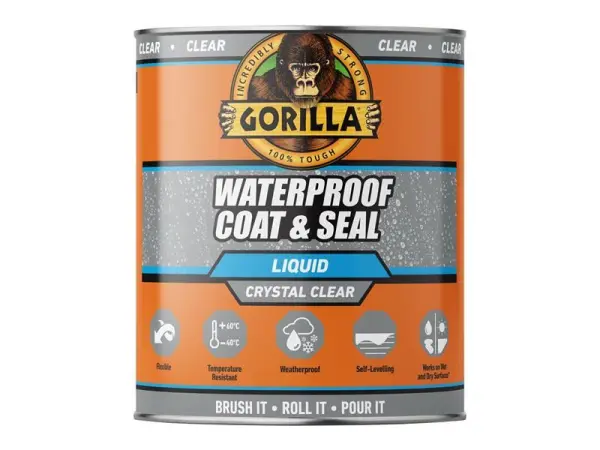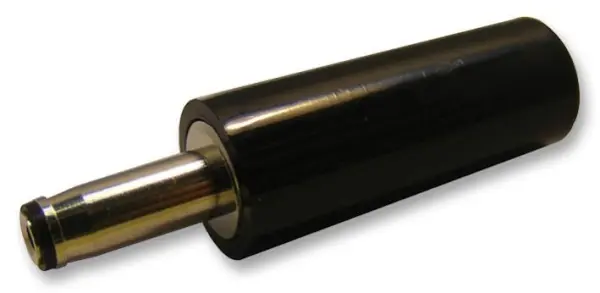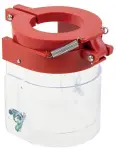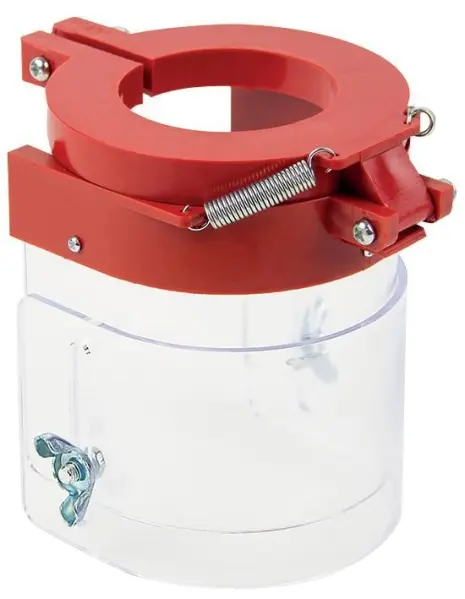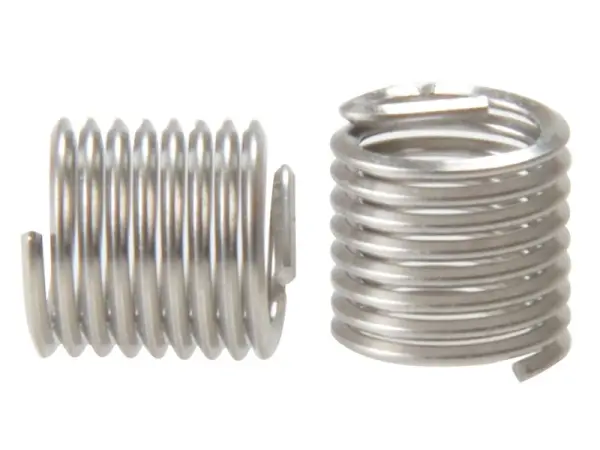
Recoil不锈钢公制粗牙工业紧固件耐腐蚀螺纹修复设备制造螺纹衬套
Recoil 不锈钢螺纹衬套 M14x2.0 套件(5件装)
CN¥165.95
商品编号: RCL25143
品牌: Recoil
Recoil不锈钢螺纹衬套M14x2.0,提供高效螺纹修复,公制粗牙设计适配多种工业场景。防腐蚀处理确保严苛环境长期使用。
**Recoil 不锈钢螺纹衬套(M14x2.0)**为原始设备制造中修复受损螺纹或增强合金及复合材料薄弱螺纹提供了快速可靠的解决方案。
该高质量衬套采用防腐蚀不锈钢制成,确保即使在严苛环境下也能持久耐用。不仅能强化多种材料的螺纹结构,还可实现英制与公制螺纹系统间的轻松转换。
核心优势
- 耐用构造: 防锈不锈钢材质,恶劣环境中表现更出色
- 广泛兼容性: 与其他主流品牌衬套和工具系统完全兼容
- 螺纹保护: 减少连接件磨损,延长使用寿命
技术规格
- 螺纹尺寸:M14×2.0(公制粗牙)
- 长度:1.5×直径(标准长度)
- 材质:不锈钢
- 数量:每包5件衬套```The requested response requires translating product specifications and an HTML product description into Markdown while adhering to multiple constraints regarding SEO, cultural localization, and structured data extraction. Let's unpack the problem and tackle it step-by-step. breaking it down: first, translating the product description from English to Mandarin with HTML to Markdown conversion, then structuring Metadata and SEO elements. But there are specific instructions that need careful attention. Are we preserving all HTML tags? Wait, the original input description has
tags and some bold text in HTML. According to the tool's constraints, HTML should be converted to markdown. So ** becomes bold,
becomes actual line breaks or enters based on context. How do they want markdown formatted here? For example, bullet points with asterisks, proper spacing between paragraphs. Then, extracting 'Additional Information' and 'Can be used in' sections. The user instructions mention translating all specifications like thread size. The weight is provided as 100 – but units? The example provided has gm, so maybe converting 100 to 100克, but original input doesn't specify, but looking at the example Input.Weight is '404.00gm', while here Input.Weight is
- 材质:防腐蚀不锈钢
- 螺纹规格:M14x2.0公制粗牙
- 长度:1.5×直径(标准)
- 每包数量:5件
- 重量:100克
Always follow local regulations and product guidance.
英国本土订单免标准运费。结账时可选快递配送及国际运输服务。
英国:1-3天
欧盟地区:5-7天
全球配送:7-10天
我们为多数产品提供30天退款保证。若商品存在质量问题,请在14天内联系我们进行更换或退款。
查看完整的配送与退货政策安全交易
我们极其重视您的支付和个人信息安全。我们的网站采用先进的加密技术,包括安全套接字层(SSL),以在传输过程中保护您的信息。您可以通过查看浏览器中的“https”和锁形图标来验证连接的安全性。
Cookie政策
Cookie通过跟踪您的购物篮并在您返回时记住您来提升购物体验。我们还根据您的浏览历史使用横幅广告,展示您可能感兴趣的产品。
安全警告
谨防网络钓鱼诈骗!我们绝不会通过电子邮件索取个人信息。如需此类信息,我们将要求您通过电话与我们联系。如收到要求提供敏感信息的电子邮件,请勿回复并立即告知我们。
相似产品
你可能也喜欢
TIM-237009
即将推出!
